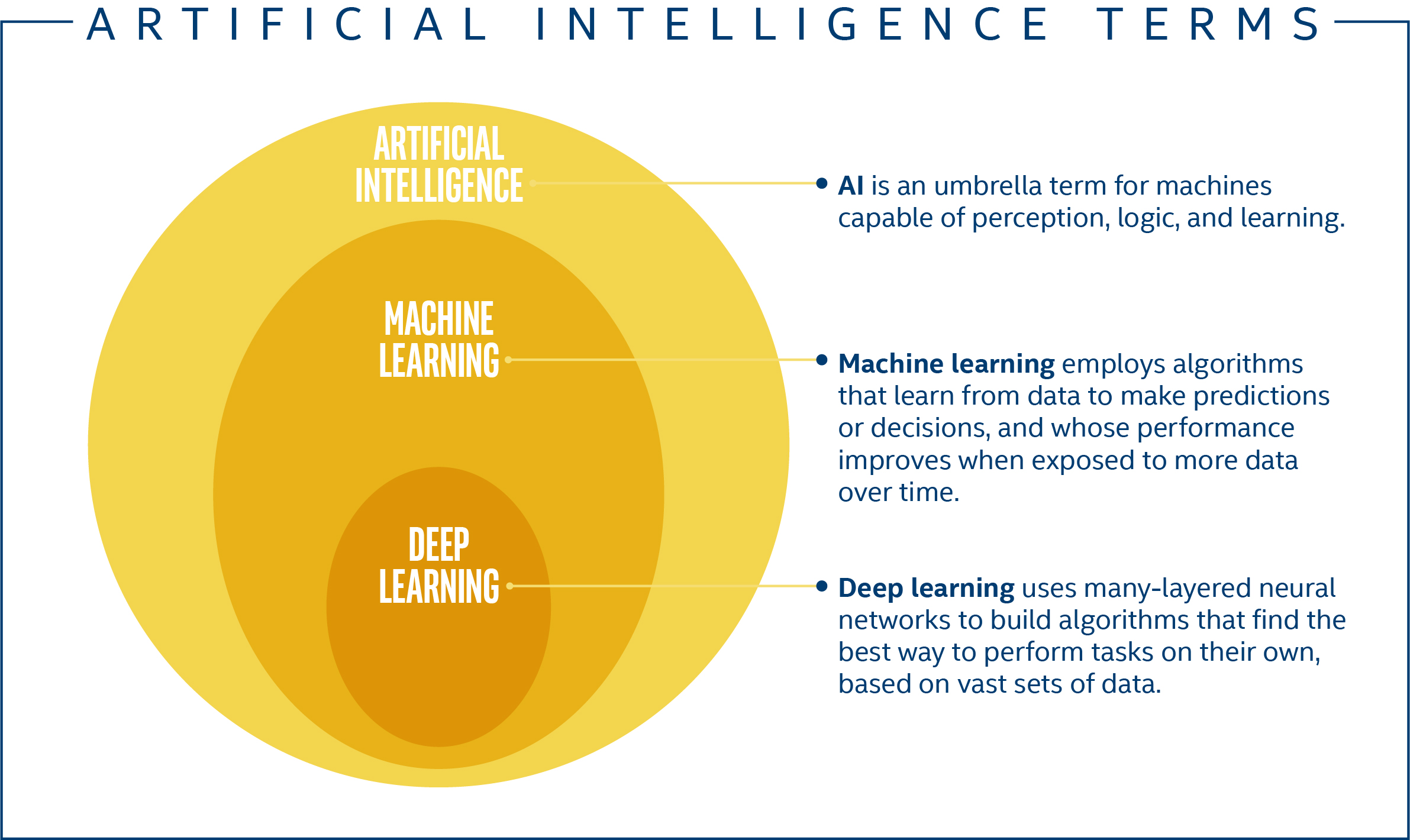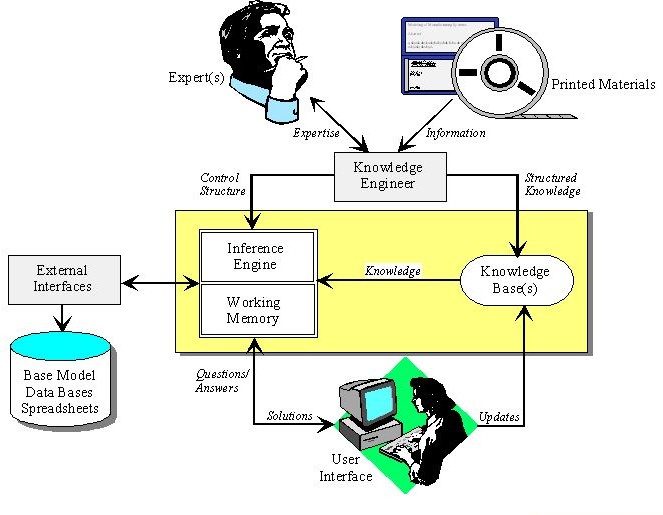
Programming Game AI By Example is the book you need if you want a complete guide to AI techniques. It will help you design, program and implement intelligent agents. This book is designed for beginners. It uses C++ programming language, which will guide you through every step of the process. You'll be able apply the principles of AI in real-world applications once you have a solid understanding of its workings.
Pathfinding
Pathfinding is an important part of game AI. Many games require that characters move in a goal-directed way. To ensure that programs can find the shortest path to their destination, they must be able identify their origin and return to it. Many pathfinding algorithms are in use, with the most well-known being the A* algorithm. It is pronounced "astar". Programmers have found that the A* algorithm isn’t enough to achieve realistic movement.
It is necessary to analyze the coordinates within the grid boxes in order to find the shortest way between two points. Artificial intelligence is required to map out grid boxes and open areas. A custom block can be made to help the machine determine the best path. This is in addition to the counter system that we described in Part 1.

Steering
Steering in game AI programming by example involves creating behaviours that can guide autonomous characters along a path. An easy way to steer is to go towards the center. Another popular way to steer is to go towards the middle of the line between the squares. You can also cut corners to make movement more real. Let's take a look at some steering behavior. This tutorial will show you how to implement these behaviors in your game.
There are various types of steering behaviours and their purposes. To steer a character to a specific position in global time, seek adjusts its velocity so that it aligns with the target. This is different to the attraction force. It would result in an orbital course around the target location. You can use the character's motion algorithm to determine your desired velocity by comparing its current velocity with it. The steering vector refers to the difference between your desired velocity and its actual velocity.
Utility-based decision making
The concept of utility-based decision making for game AI is not new. Since decades, games have used numbers and mathematical formulas to determine their behavior. Formal utility AI has recently emerged as an option. While early examples of utility AI relied on the percentage-chances approach for determining behavior, formal utility AI is still a feasible option. A utility-based algorithm ranks behaviors according to the utility they provide to the player. In practice, this can make games easier to develop, but it is still important to understand the details before using it.
This method is very useful as it allows the Agent to separate decision making and the actual execution of the Action. It allows Agents to decide which Action they want to take before they execute it. It also stores the "winning Action' with the Actor’s context data. This approach is called ChooseActionDecision, and is common in utility-based implementations. Below are some differences between this approach and others.

Controlling the physics
In order to control physics in games, you should use examples. A simple game could have a basic physics engine that analyzes each entity's velocity and adjusts its position accordingly. Then, a game could delegate this work to AI, which can control agent velocity. This is possible with the polyfill found in Khronos Group’s CVS repository. Here are some examples to help get you started.
Game physics engines rely on approximate laws of physics. They are set to a time step to prevent them from blowing up. Complex games may have a variable time step, which requires the game AI's to adjust accordingly. This technique is useful even when the physics do not seem stable. In the example below, we will show how to create flying fish with individual characteristics.
FAQ
Why is AI important?
According to estimates, the number of connected devices will reach trillions within 30 years. These devices will include everything, from fridges to cars. The Internet of Things is made up of billions of connected devices and the internet. IoT devices and the internet will communicate with one another, sharing information. They will also have the ability to make their own decisions. A fridge might decide whether to order additional milk based on past patterns.
It is expected that there will be 50 Billion IoT devices by 2025. This is a huge opportunity to businesses. But, there are many privacy and security concerns.
What does AI mean for the workplace?
It will transform the way that we work. We will be able to automate routine jobs and allow employees the freedom to focus on higher value activities.
It will improve customer services and enable businesses to deliver better products.
It will allow us future trends to be predicted and offer opportunities.
It will allow organizations to gain a competitive advantage over their competitors.
Companies that fail AI will suffer.
What is AI used today?
Artificial intelligence (AI), is a broad term that covers machine learning, natural language processing and expert systems. It's also known by the term smart machines.
The first computer programs were written by Alan Turing in 1950. His interest was in computers' ability to think. He presented a test of artificial intelligence in his paper "Computing Machinery and Intelligence." The test asks if a computer program can carry on a conversation with a human.
John McCarthy, who introduced artificial intelligence in 1956, coined the term "artificial Intelligence" in his article "Artificial Intelligence".
Many AI-based technologies exist today. Some are very simple and easy to use. Others are more complex. These include voice recognition software and self-driving cars.
There are two main categories of AI: rule-based and statistical. Rule-based uses logic to make decisions. To calculate a bank account balance, one could use rules such that if there are $10 or more, withdraw $5, and if not, deposit $1. Statistics are used to make decisions. To predict what might happen next, a weather forecast might examine historical data.
How does AI work?
To understand how AI works, you need to know some basic computing principles.
Computers store information on memory. Computers process data based on code-written programs. The code tells the computer what to do next.
An algorithm is a sequence of instructions that instructs the computer to do a particular task. These algorithms are usually written in code.
An algorithm can be considered a recipe. A recipe can include ingredients and steps. Each step may be a different instruction. One instruction may say "Add water to the pot", while another might say "Heat the pot until it boils."
Statistics
- That's as many of us that have been in that AI space would say, it's about 70 or 80 percent of the work. (finra.org)
- While all of it is still what seems like a far way off, the future of this technology presents a Catch-22, able to solve the world's problems and likely to power all the A.I. systems on earth, but also incredibly dangerous in the wrong hands. (forbes.com)
- More than 70 percent of users claim they book trips on their phones, review travel tips, and research local landmarks and restaurants. (builtin.com)
- A 2021 Pew Research survey revealed that 37 percent of respondents who are more concerned than excited about AI had concerns including job loss, privacy, and AI's potential to “surpass human skills.” (builtin.com)
- In the first half of 2017, the company discovered and banned 300,000 terrorist-linked accounts, 95 percent of which were found by non-human, artificially intelligent machines. (builtin.com)
External Links
How To
How to set up Cortana daily briefing
Cortana is a digital assistant available in Windows 10. It is designed to assist users in finding answers quickly, keeping them informed, and getting things done across their devices.
Your daily briefing should be able to simplify your life by providing useful information at any hour. Information should include news, weather forecasts and stock prices. It can also include traffic reports, reminders, and other useful information. You can choose the information you wish and how often.
To access Cortana, press Win + I and select "Cortana." Scroll down to the bottom until you find the option to disable or enable the daily briefing feature.
If you have already enabled the daily briefing feature, here's how to customize it:
1. Open Cortana.
2. Scroll down until you reach the "My Day” section.
3. Click the arrow beside "Customize My Day".
4. Choose the type information you wish to receive each morning.
5. You can change the frequency of updates.
6. Add or remove items to your list.
7. Save the changes.
8. Close the app